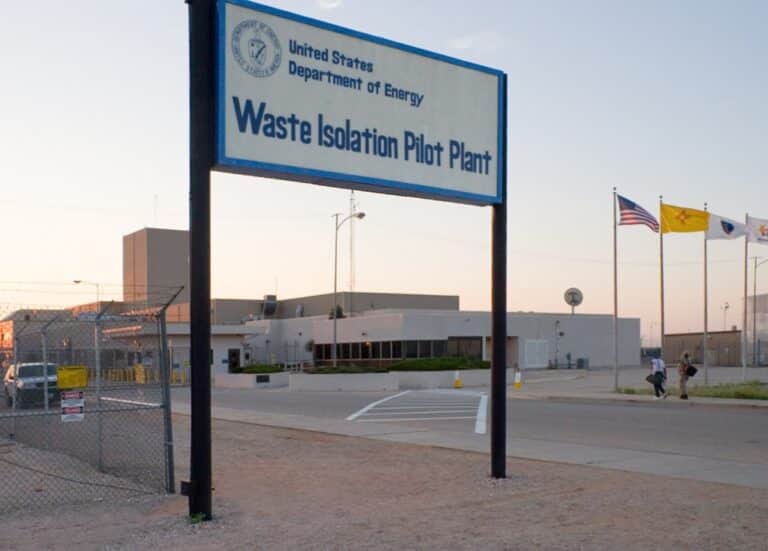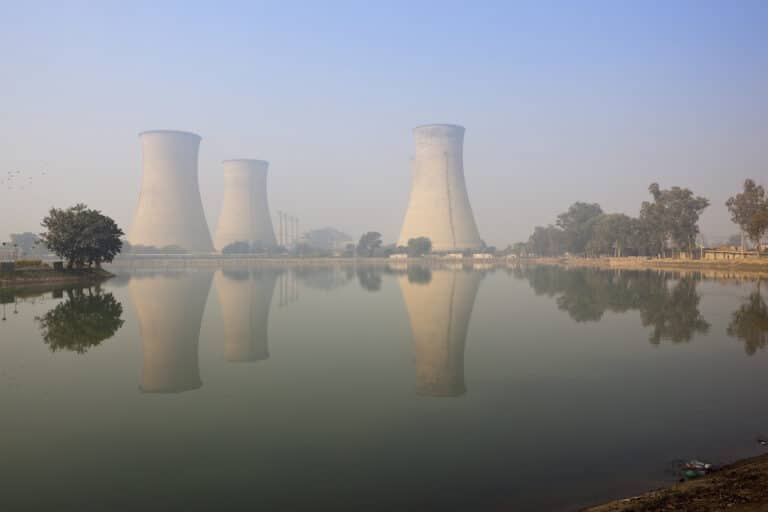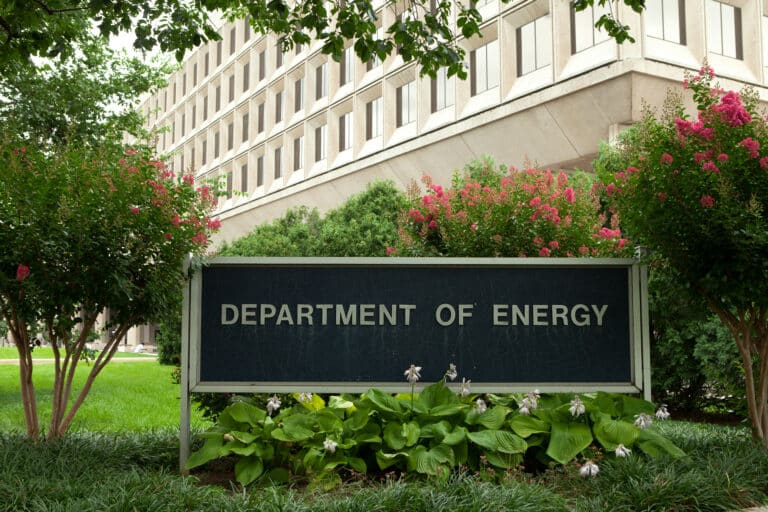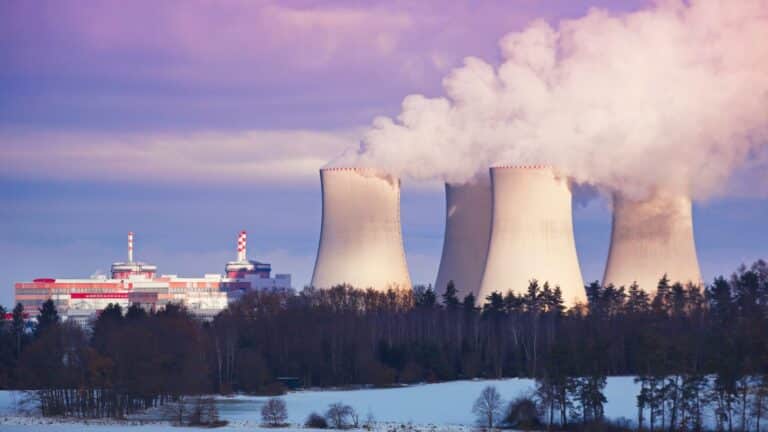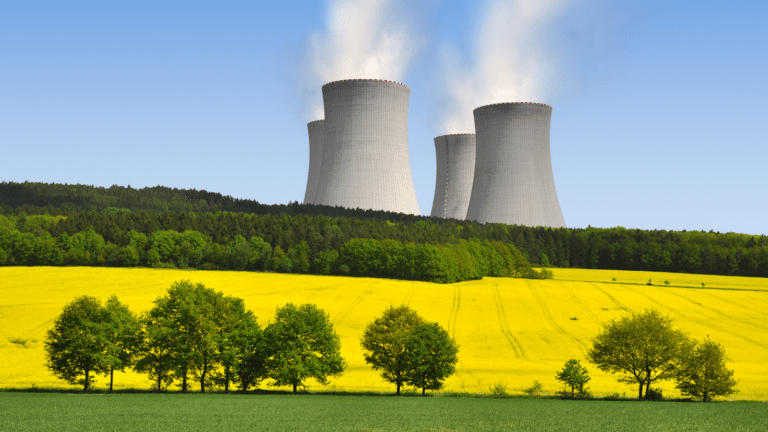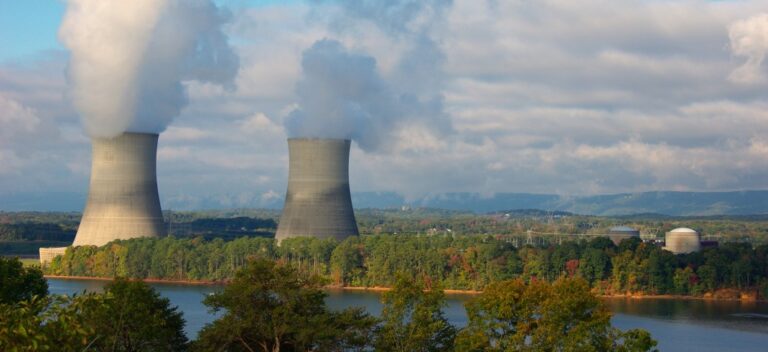This Energy Explained post represents the research and views of the author. It does not necessarily represent the views of the Center on Global Energy Policy. The piece may be subject to further revision. Contributions to SIPA for the benefit of CGEP are general use gifts, which gives the Center discretion in how it allocates these funds. Rare cases of sponsored projects are clearly indicated.
For a full list of financial supporters of the Center on Global Energy Policy at Columbia University SIPA, please visit our website at Our Partners. See below a list of members that are currently in CGEP’s Visionary Circle. This list is updated periodically.
The Canadian Nuclear Safety Commission (CNSC) issued a construction license last week for what would be the first commercial small modular reactor (SMR)[1] in North America. Ontario Power Generation (OPG) had submitted an application about two and a half years ago to build a GE-Hitachi BWRX-300 at its Darlington site, and site preparation has been underway for years.
This blog post reviews some developments related to the BWRX-300 and suggests one way Congress could help build on its momentum for deployments in the United States if it chooses to pursue this route.
Development of the BWRX-300
As the “X” indicates, the BWRX-300 is the tenth iteration of GE’s boiling water reactor line. The company estimates the nth-of-a-kind version can be built in 24–36 months and reduce the building volume and concrete per megawatt by 50 percent compared to a typical light water reactor.
The reactor was selected by OPG in December 2021, and less than a year later, OPG applied to the CNSC for a license to construct the first of four units at its Darlington site. In 2022, OPG received a license for early site preparation activities, including civil works such as site grading, construction of temporary roads and construction laydown areas, installation of stormwater features, and establishment of onsite utilities.
In the United States, Tennessee Valley Authority (TVA) also selected the BWRX-300 for potential deployment at its Clinch River site in Tennessee, and has been working toward a construction permit application. Together with GE-Hitachi, OPG, and a Polish energy group, TVA agreed to invest a combined $400 million in the development of the SMR. The funding was to support the creation of the BWRX-300’s standard design and details for key components like the reactor pressure vessel.
A broad coalition of US utility companies and supply chain partners is helping to develop BWRX-300 projects, including Bechtel, BWX Technologies, Duke Energy, Electric Power Research Institute, Indiana Michigan Power, Oak Ridge Associated Universities, Sargent & Lundy, Scot Forge and North American Forgemasters, the State of Tennessee, and other utilities and advanced nuclear project developers.
If construction of the first BWRX-300 in Canada is well-managed, GE-Hitachi could have a promising business case in a world focused on reducing emissions, increasing energy security, and providing affordable and reliable energy. The International Energy Agency has estimated that SMRs could scale to hundreds of deployments over the next 25 years, and could potentially reach up to around 200 gigawatts of deployment if nations include the reduction of greenhouse gas emissions in binding policies.
SMRs could be particularly well-sized to replace coal plant facilities, emissions from which are estimated to be responsible for hundreds of thousands of deaths globally each year (in the United States, averaged over the past decade, thousands of American deaths each year have been attributed to coal plant emissions). The US Department of Energy recently assessed that many operating and recently retired coal plants in the country are suitable for replacement with nuclear power plants.
Potential Congressional Action
If the 119th Congress wants to support SMR development and deployment in the United States, it could build on momentum generated by the Canadian regulator’s construction license for the BWRX-300. Specifically, Congress could help TVA move forward more easily with an SMR build program in parallel with Canada’s.
One managerial challenge TVA has had to grapple with for many years is that its debt cap of $30 billion has not been raised since 1979. This is a substantial management challenge for a utility of TVA’s size to have to work around in terms of annual expenditures and retiring of debt. Taking into account inflation, TVA has about one-fourth the purchasing power today that it had in 1979. The long-unadjusted debt cap makes it more difficult to add a new multibillion-dollar asset, such as a group of SMRs.
Congress can raise the debt cap for TVA for the first time in 46 years. There are a variety of reasons to do so, including at a bare minimum to adjust for inflation and to provide TVA greater financial space to manage its operations, including the potential facilitation of new nuclear builds.
CGEP’s Visionary Circle
Corporate Partnerships
Occidental Petroleum
Tellurian
Foundations and Individual Donors
Anonymous
Anonymous
Aphorism Foundation
the bedari collective
Children’s Investment Fund Foundation
David Leuschen
Mike and Soa Segal
Kimberly and Scott Sheffield
Bernard and Anne Spitzer Charitable Trust
Ray Rothrock
[1] The definition of what size reactor constitutes “small” in the United States comes from liability insurance statute. The Energy Policy Act of 2005 amended the nuclear liability section of the Atomic Energy Act of 1954 to include provisions related to small modular reactor deployment, where “small” was defined to be less than 300 MW (megawatts). Specifically, section 608 of the Energy Policy Act of 2005 amended Section 170(b) of the Atomic Energy Act of 1954. (Section 170 is commonly referred to as “Price Anderson.”) The amendments added provisions that permitted multiple SMRs located at a single site to be treated as a single facility for nuclear liability purposes, as long as the combined rated capacity from the modules did not exceed 1,300 MW.





